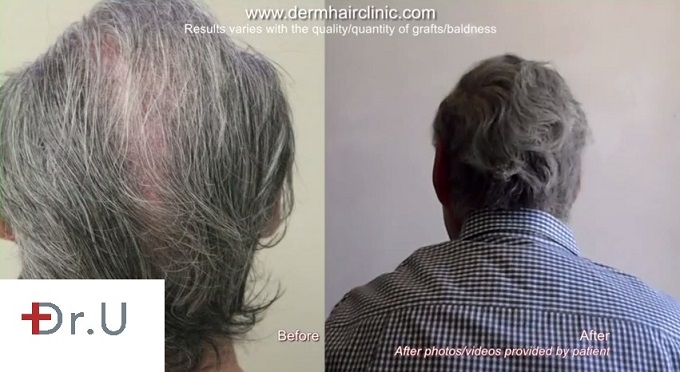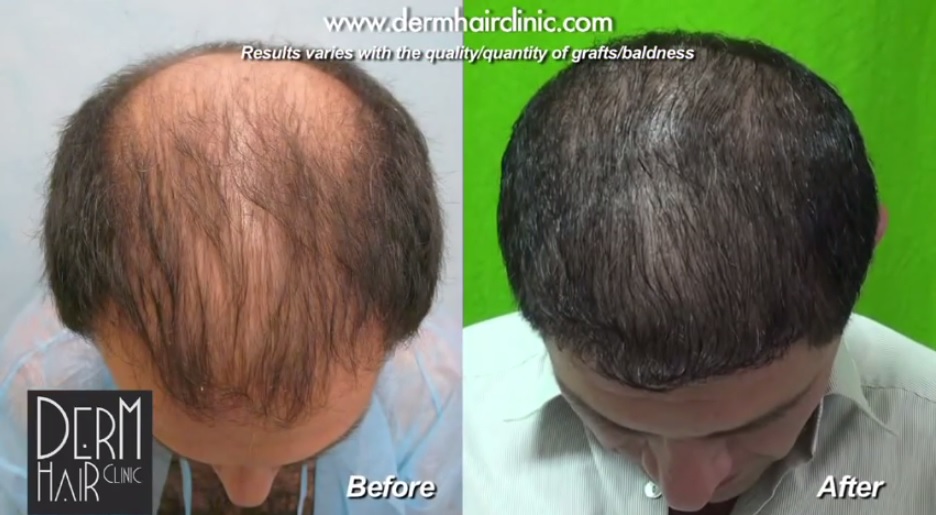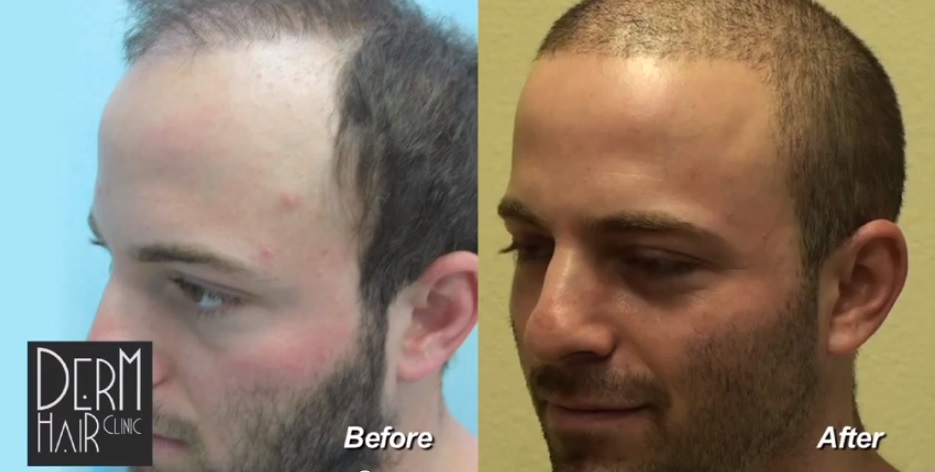Establishing Hair Restoration Expectations
A successful and satisfying hair transplant experience requires proper planning and research and establishing the right hair restoration expectations. Obviously, patients are happiest when their final outcome matches what they initially envisioned. And likewise, they feel anxiety or even anger when their results are much different from what they expected.
Therefore, communication and defining results will be an important aspect of your hair transplantation.
Wanting to look your very best is an understandable priority. But what this means can differ from person to person.
Here are some factors to consider when speaking to a physician about hair restoration expectations and results from a hair transplant surgery
HAIR RESTORATION EXPECTATIONS: PARAMETERS
(1) Hair transplantation density
Hair transplant density is one critical factor in considering hair restoration expectations. The average Caucasian male will have a density of about 80-90 Follicular Units/ square centimeter. However, in a hair restoration, inserting grafts to recreate the original density can lower the survival rate for the follicles. 30-35 FUE/cm2 is considered to be a conservative but safe level for most clinics. It is often associated with a survival rate of about 90%. However, Dr U has the ability to reliably create higher densities, whereas others do not.

Be aware that you may not recover your original density based on quantitative metrics. However, other strategies may be employed to create a desired fullness. Therefore, it will be necessary to discuss appropriate parameters for achieving the objectives you want. This information will be different for every patient case.
(2) Juvenile Versus A mature hairline
Hair restoration expectations on hairline positioning and its youth fullness must be rehashed with the patient at consultation. Most men want the hairline they had before the onset of their pattern baldness. Besides the aesthetic concerns of whether or not this will look age appropriate or suitable for an individual’s face, this type of hairline result will require a high number of overall grafts. Not every clinic will be able to create the required donor supply for both hairline advancement and filling other areas of the head. Therefore, this is another area that will need to be clarified with the surgeon.
(3) Coverage through a given donor quantity
Budgetary restraints can limit the number of grafts that can be extracted and must be considered in evaluating hair restoration expectations. Therefore hair restoration surgery patients should be given a clear idea of the type of coverage which can be achieved through the quantity they can afford.
If financial constraints are not a concern, the use of body hair grafts as a supplementary source of donor follicles may be something to consider. This is a very specialized area of extraction. And again, this is something that not all clinics can offer. Therefore, gain clarity on what results a particular service provider can achieve with a given donor supply. In other words, would this be modest or full coverage?
Then decide whether or not the use of an alternative source of grafts (e.g. beard area) would be important for the type of results you want.
(4) Short versus long term hair transplant goals
Define what you want to achieve for your appearance in the immediate short term. (e.g.youthful looking hairline or a filled crown). Long term objectives may include greater density. It may be necessary to divide your goals into phases, with your most immediate concerns set as a priority. Be clear about what to expect along each step of the way.

Q. What is the number of hair restoration surgery sessions Needed by Patients?

